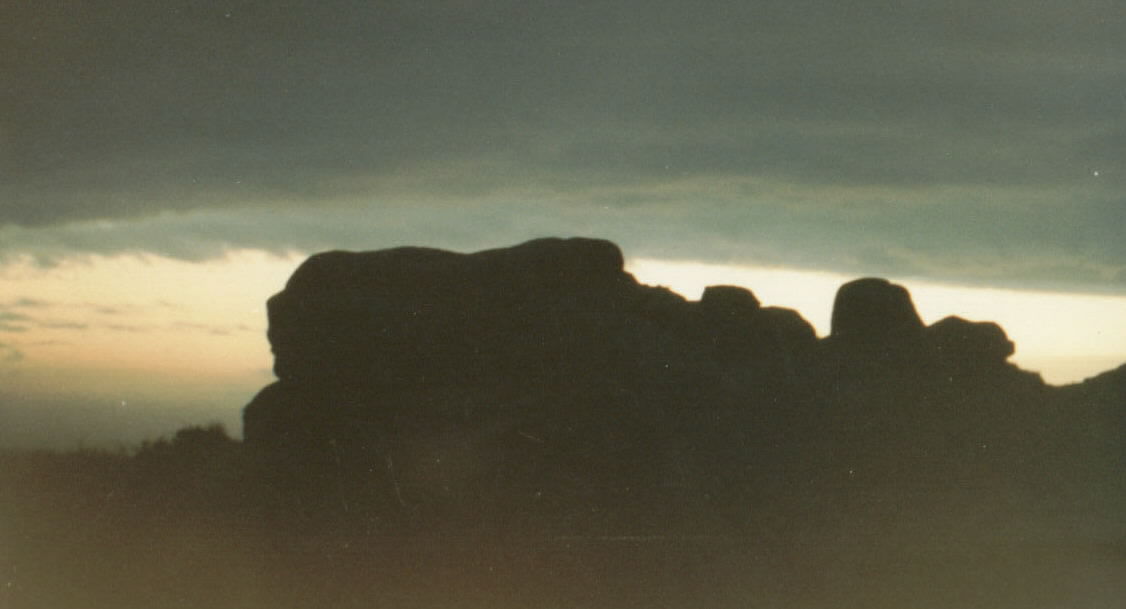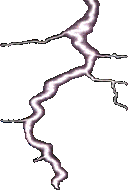
Trecobben Hill – [Trencrom]
A story for the solstice
turn on your speakers to hear the Solstice hymn

The Giant Sleeps
As
the shortest day (December 21st) approaches we may think back in time to the ancient ways,
when writers and mystics spun tales about times that were no more.
Now
we know how the planets move in conjunction with the stars in constant
predictable orbits. We understand that at certain times the greatest of these
planets, our sun, seems to dip so far over the horizon that the days are over
before they have begun. Imagine our ancestors in their ignorance fearing that
one-day it might disappear never to return. They would honour the times that it
reached its zenith, giving life to all on earth and similarly worshipped it with
a passion at the darkest times of the year They hoped that would encourage it to
return to is highest place in the sky and secure their future existence.
The places of these Beltane and Samhain fires are many in Cornwall but certainly Trecobben was one. Here would be the Garrack Sans or Holy Rock on which the fire would be lit. From these heights the flames would be seen for miles around. Whatever the sacrifices made to their God’s, the elite within the population depended on keeping their knowledge of the astral and sacred geometry to themselves. They were revered as magicians and oracles for foretelling the pattern of the heavens.
Much
of the ruling elite’s power came from the deeply superstitious nature of the
people and the tales of giants, spriggans, fairies and buccas re-enforced this.
This
told of the ‘other-worlds’ and
their gateways into the present. If you knew the right words or the correct
actions you could see through the veil of secrecy and sometimes-even travel
there. There were charms for entering and charms for escaping and if you were
fortunate there would be treasure a-plenty! Surely these high places were sacred
and myths were created to keep it so. Perhaps that was how the tales of the
giants and the spriggans came about. Certainly, even until my father’s
generation, the Cornish were ‘fey’ in very many senses of the word. This was
a tale my father told me as a child to explain the presence of the huge rocks
lying about all over the place on a summer’s day on the heights above St Ives
and Mounts Bays. A glorious place to be!
On
Trecobben then lived the giant of the same name and on the nearby Mount lived
Cormoran. They were wont to play bob buttons with each other so that’s why
both the Mount and Trencrom are littered with bolders.  One
day the giant of the Mount, Cormoran, asked to borrow the cobbling –hammer, as
they only had one between them.
One
day the giant of the Mount, Cormoran, asked to borrow the cobbling –hammer, as
they only had one between them.
” Holloa up there! Trecobben, throw us down the hammer, woosta’?”
“ Sure ‘nuf, ‘ere ‘tis , look out . Mind you catch ‘en”.
Now as luck would have it Cormoran’s wife, Cornelian, who was very near sighted, chose that minute to run out of her cave to see Trecobben throw the hammer. She had no hat on and so the sun shone directly into her eyes. Consequently, she did not see the hammer coming through the air and it struck her straight between the eyes. She fell dead at the giants’ feet. You may be sure that then the two giants set up such a crying and wailing over the dead body and their sighs and tears set up a tempest over the bay. All they could do was carry her to the shore and bury her beneath Chapel Rock,
With great sadness the two giants than waded off through sea towards the Lizard and were never seen again. It was long rumoured that Trecobben had left behind a crock of gold buried deep under the hillside and many tried to find it over the years. One man eventually thought he knew exactly where he would find it. One moonlit night he proceeded up the enchanted hill with spade and gad in order to dig on the spot where he was sure it was. He dug for some time without interruption and then he hit something with a thud and it became clear to him that the treasure chest could not be far off.
Without warning the sky was rapidly covered with the darkest of clouds, which shut out the silver moonlight. Now he was in complete and utter darkness. The rumbles and then the crash of thunder was quickly followed by the wind as it arose and whisht its way among the rocks and boulders. Great streaks of lightening flashed across the tops and now he could see that there were little people climbing out of the cracks and fissures in the Rocks. There were spriggans swarming about all over the place and although they were small at first they got bigger and bigger as they came towards him, hissing and gurgling until they were the size of giants………and as ugly as sin. He was sure they intended to eat him and leave no trace of his presence in the place.
How he escaped is not known but he did eventually reach the village, soaked to the skin, his clothes tattered and torn and covered in mud. He gabbled out his tale and fled up to his cottage, barring and locking the door to everyone. Most said he had been bewitched or “pisky-led” and no sense could be got from him. He refused to leave his bed, for weeks, ate hardly any food and his hair turned grey almost overnight.
Although he eventually returned to work down the mine he was not the same man.
He
spoke few words to anyone and always made sure that his door was firmly barred
at night, a practice unheard of then. As to the details of his gold digging
adventure he never referred to that night again. He kept his silence until his
dying day.
Trencrom
Hill is the site of an ancient Celtic Fort where 'Greenstone' axes and
arrowheads have been found. There is also evidence of hut circles, and the stone
posts of the east and west gates are still standing. They would have had a
commanding view of anyone approaching, either by land or by sea.
Strangely enough the Chapel Rock at the Mount is made of Greenstone unlike the geology surrounding it so perhaps it was one of Trecobben bob buttons?
Many years ago, when father was a boy, a faint echo of the old ways was still remembered. During the day of New Year's Eve the children would harry every adult in the village for their candle ends. They were always kept in a box in the kitchen "for emergencies". In little groups they would place these in lines along the granite window ledges, around the shutes and pumps and above the harbour wall looking out to sea. At dusk they would all take position in scattered little groups and, at a signal from the head of each gang of children, the little stumps of wax would be lit. They would burn and gutter if the night was windy but if it was a a cold and frosty night they would burn brave and bright with hope for a "Good New Year".
The
Shortest Day
by Susan Cooper
And so the shortest day came, and the year died.
And everywhere down the centuries of the snow-white hills came people singing,
dancing,
to drive the dark away.
They lighted candles in the winter trees;
They hung their homes with evergreens;
They burned beseeching fires all night long
To keep the year alive.
and when the new year's sunshine blazed awake
They shouted, revelling!
Through all the frosty ages you can hear them,
echoing behind us: listen!
All the long echoes sing the same delight,
this shortest day,
As promise wakens in the sleeping land.
They carol, feast, give thanks,
And dearly love their friends,
and hope for peace.
And so do we, here, now,
this year, and every year:
Welcome Yule!
Blessings to you all!
Music "Raise up your voices" MUDCAT